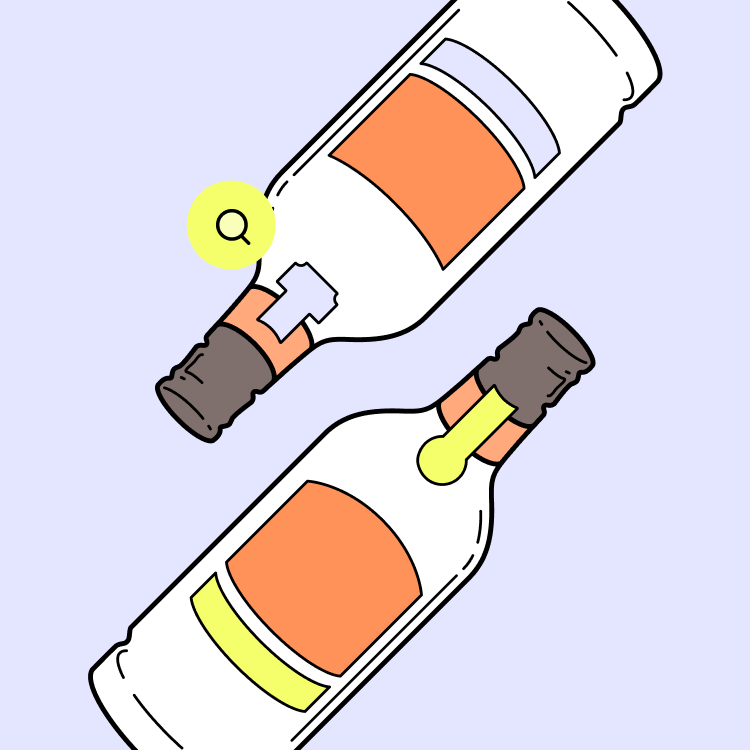How much you drink and who you are determine how drinking beer, wine or spirits can affect your health. To help adults who choose to drink make informed decisions, the governments of various countries around the world have developed drinking guidelines (1).
They consider not only how much people drink, but the differences that influence the effect alcohol can have. As individual governments approach this question in different ways, there’s no single and unified drinking guideline used everywhere around the world (1).
Drinking guidelines are often tailored to individual differences and drinking patterns
As alcohol affects men and women differently, most drinking guidelines offer specific advice depending on gender. Most recommend lower levels of alcohol for women than men.
Other countries’ guidelines offer day-to-day advice, such as recommended daily limits, and there are countries that provide both daily and weekly recommendations.
Particular drinking patterns, binge drinking for example, are reflected in some drinking guidelines. Recommendations may also be provided based on age, including no drinking for anyone below the legal drinking age, for pregnant women (2) and elderly people, for whom drinking may represent a risk.
Being aware of how many standard drinks you consume can help put guidelines into context
You've probably already heard of 'standard drinks', and they can be a useful way to understand and follow the advice given in drinking guidelines. In the US, one standard drink equals fourteen grams of ethanol, and it’s exactly the same whether you’re drinking beer, wine or spirits (3).






